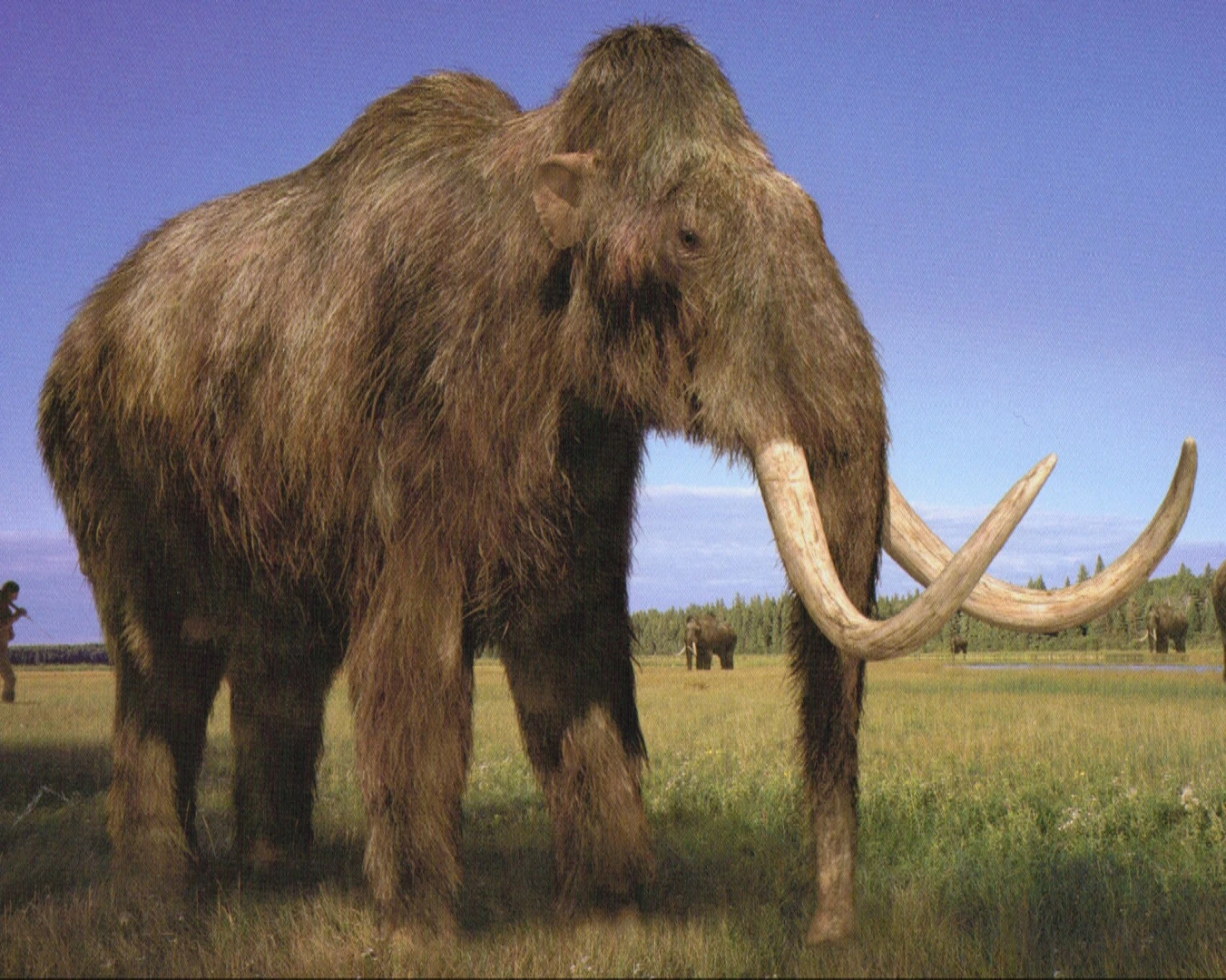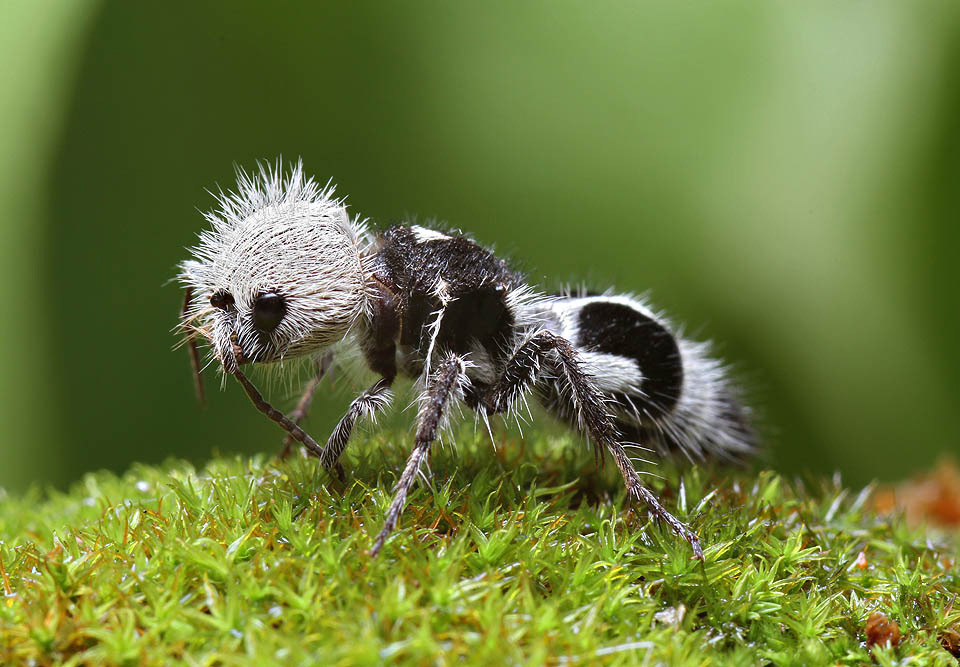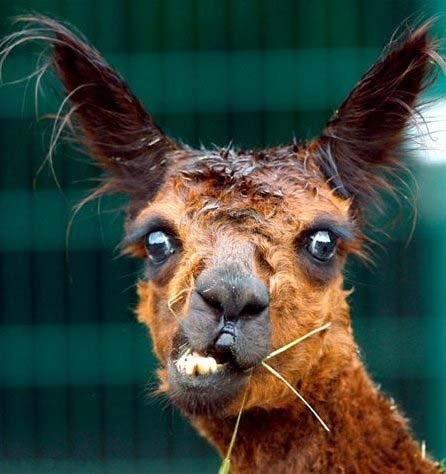Last Post Wins.
Comments
-
-
Change of subject.
I dare anyone to read this without falling asleep. Boom.
The advent of aquaculture has extended the industry of factory farming to earth’s marine and freshwater systems. It has greatly benefited the seafood business and has allowed consumers to have traditionally seasonal fish at any time of the year; however as the aquaculture industry rapidly grows from small scale to large scale, many question its sustainability. While the industry insists that fish farming takes the burden off wild fish stocks, other experts have suggested that the farms actually do more harm than help by increasing the spread of diseases, parasites such as sea lice, and astronomically increasing the level of pollution and waste in the wild ecosystems. In particular, the large scale production of carnivorous fish such as salmon has concerned many environmental groups because it requires much larger amounts of resources than producing other types of fish. Escaped salmon from farms can also adversely affect the genetic variability of wild populations, reducing their ecological resilience. The debate over the sustainability of aquaculture represents the conflict between America’s need to conserve and America’s need to control nature’s resources. Rising evidence suggests that fish farming may end up taxing the environment beyond its capacity if it does not become more ecologically mindful. The ultimate question of the debate remains how far society can push the boundary of sustainability and how far technology can extend the capacity of nature’s resources.
Technology optimists believe new innovations can resolve any possible hurdles that may come about with the development of aquaculture. Since 1970, seafood production in the aquaculture industry has increased at an annual rate of 8.8% (Morris et al. 2). As the world population approaches 8 billion, seafood producers have harnessed aquaculture in an effort to fill the gap between population growth and natural seafood production (Molyneaux 28–29). Farmed salmon production amounted to 817,000 tons in 2006 and increased 171 fold since 1980 (Morris et al. 2). While shrimp and oyster farms mainly grew out of developing countries, salmon farming grew out of countries with access to more sophisticated technology including the U.S., Canada, and Europe (Molyneaux 45). Initial assessments of fish farming concluded that all economies had an interest in developing aquaculture. For example, on June 2, 1976 in Kyoto, Japan, an FAO Technical Conference on Aquaculture examined and discussed types of aquaculture, the possible problems such as the risk of disease, and ultimately recommended the expansion of aquaculture, leading to huge investment in the rising industry (Molyneaux 30–31). To technology optimists, the potential rewards of aquaculture seemed infinite, but few stopped to consider possible repercussions to the ecosystem.
Some environmental concerns about aquaculture did surface as it began to develop, but any initial fears of ecological impacts did little to inhibit growth of the industry. In 1967 the United States Congress established the Commission on Marine Science, and in 1969 the commission released a report that called for more research on aquaculture. Despite the lack of research, the promise of jobs and food security outweighed any concerns about its effects on the environment, and development continued unabated (Molyneaux 45). In addition, the passage of the U.S. Aquaculture Act in 1980 also helped nurture the development of the aquaculture industry (Molyneaux 46). Fish farming has obvious benefits such as food security and jobs, but these obvious benefits obscure many of the potential problems that could arise in the future.
An industry such as aquaculture that does not make efforts to promote sustainability will inevitably run into problems, despite any short term benefits it may give to investors. Salmon farms especially merit concern because to produce predatory fish, companies need to “reduce fish” to produce fish, which essentially turns fish lower on the food chain, such as sardines or anchovies, into feed for farmed salmon (Halweil 5). This process requires a huge amount of resources compared to herbivorous fish, making the salmon industry more vulnerable if supplies become scarce and much more energy intensive. In addition, though the aquaculture business claims that its farms provide necessary food production for society’s growing populations, many estimates show that modern fish farming consumes more fish than it produces (Halweil 18). The question of whether aquaculture provides a sufficient food source for future generations means many companies will lead themselves to failure if they do not manage their resources responsibly.
Does aquaculture pose a risk to wild salmon? Supporters of the industry would argue that aquaculture takes excess burden off the wild stocks that might otherwise become dangerously depleted. Many agree that commercial fishing practices have severely reduced the populations of wild fish in North America’s oceans and freshwater habitats. Wild salmon have particularly felt the impact of commercial fishing in the Atlantic and Pacific waters. Aquaculture came about as a possible solution to the problem and would give wild salmon an opportunity to rebound from endangerment due to overfishing. It has been proven successful with other types of seafood such as catfish and tilapia; however, some have contested that serious problems associated with fish farming have put potentially much greater pressures on the wild populations of salmon (Claiborne 1).
According to a report which observed the recurrence of escaped farmed salmon in rivers in eastern North America, “A critical first step to assessing the risk that escaped farmed salmon might pose to wild salmon populations is to quantify the frequency with which farmed salmon enter wild salmon rivers and the frequency with which such escapes recur” (Morris et al. 2). This report provided a preliminary look into the effects of farmed salmon on wild salmon and demonstrated that farmed salmon have a significant prevalence in wild habitats. For example, their observations of rivers in the eastern United States and Canada showed that, “escaped salmon were reported in 54 rivers and bays in the region” (Morris et al. 14). Such escape events call for greater monitoring of farmed salmon production. Some areas have made more efforts to do this than others. For instance, “In Maine growers have implemented a Hazard Critical Control Point process to address the issue for sea cage sites and freshwater hatcheries” (Morris et al. 15). Keeping track of escape events and how many salmon find their way into wild habitats helps identify the risks posed by aquaculture and to what extent they affect the ecosystem.
As production in aquaculture exploded, disease became the defining issue that could impede or even kill its expansion. Infectious salmon anemia (ISA), which began to affect farmed salmon in Maine, became a serious problem and resulted in the destruction of 1.5 million fish (Jenkins 857). The aquaculture industry has not yet come up with a standard method to approach the problem of disease. “The apparent solution is to destroy all infected or potentially infected fish and let the pen sites lie fallow for a season or more, so that the virus, denied its host, will be flushed out by normal tides and dissipate” (Jenkins 857). The epidemic of ISA cost the aquaculture industry as much as $25 million in lost fish and left the fish growers struggling for control (Molyneaux 102). ISA spread through many pathways such as sea lice, gulls, and sloppy disposal practices (Molyneaux 104). Industry supporters spoke of the ISA outbreak as a natural disaster, but temporary workers hired to dispose of the infected fish placed blame on management practices, as one worker stated, “They knew this was coming but they still overstocked their pens” (Molyneaux 103). The negligence of the aquaculture industry to use more caution in managing its supplies could have led to its abrupt failure and should serve as a warning to fish growers that ignorance of proper resource management has high ecological and economical consequences.
Outbreaks of viruses such as ISA led to the rapid establishment of programs to eradicate them. As one technology optimist stated, “We’re looking at improving the immune systems of the fish. And labs are working on vaccines” (Molyneaux 107). Vaccines did help the industry gain control over many diseases that had hindered its development in the 1980s; however, vaccines can create other undesirable consequences (Molyneaux 104, 108). As one expert stated, “One thing people don’t talk about is how much protection the vaccine gives the transfer of disease” (Molyneaux 108). In the case of salmon farming, vaccines prevent the fish from showing symptoms but do not protect them from infection, which effectively hides the problem instead of curing it (Molyneaux 108). As stated in Paul Molyneaux’s book, “You could have salmon swimming and shedding the virus” (Molyneaux 108). This makes it extremely difficult to monitor how extensively disease impacts the populations of wild salmon and could slow down efforts to make aquaculture more sustainable.
Categories
- All Categories
- Z8Games
- Off-Topic - Go To Game OT Forums
- 1 Z8 Forum Discussion & Suggestions
- 16 Z8Games Announcements
- Rules & Conduct
- 5.2K CrossFire
- 955 CrossFire Announcements
- 950 Previous Announcements
- 2 Previous Patch Notes
- 1.4K Community
- 122 Modes
- 602 Suggestions
- 85 Clan Discussion and Recruitment
- 274 CF Competitive Forum
- 19 CFCL
- 26 Looking for a Team?
- 705 CrossFire Support
- 52 Suggestion
- 116 Bugs
- 29 CrossFire Guides
- 166 Technical Issues
- 47 CrossFire Off Topic











